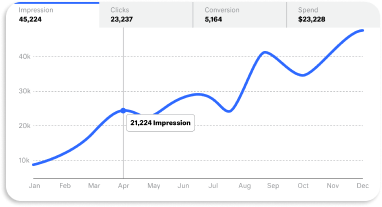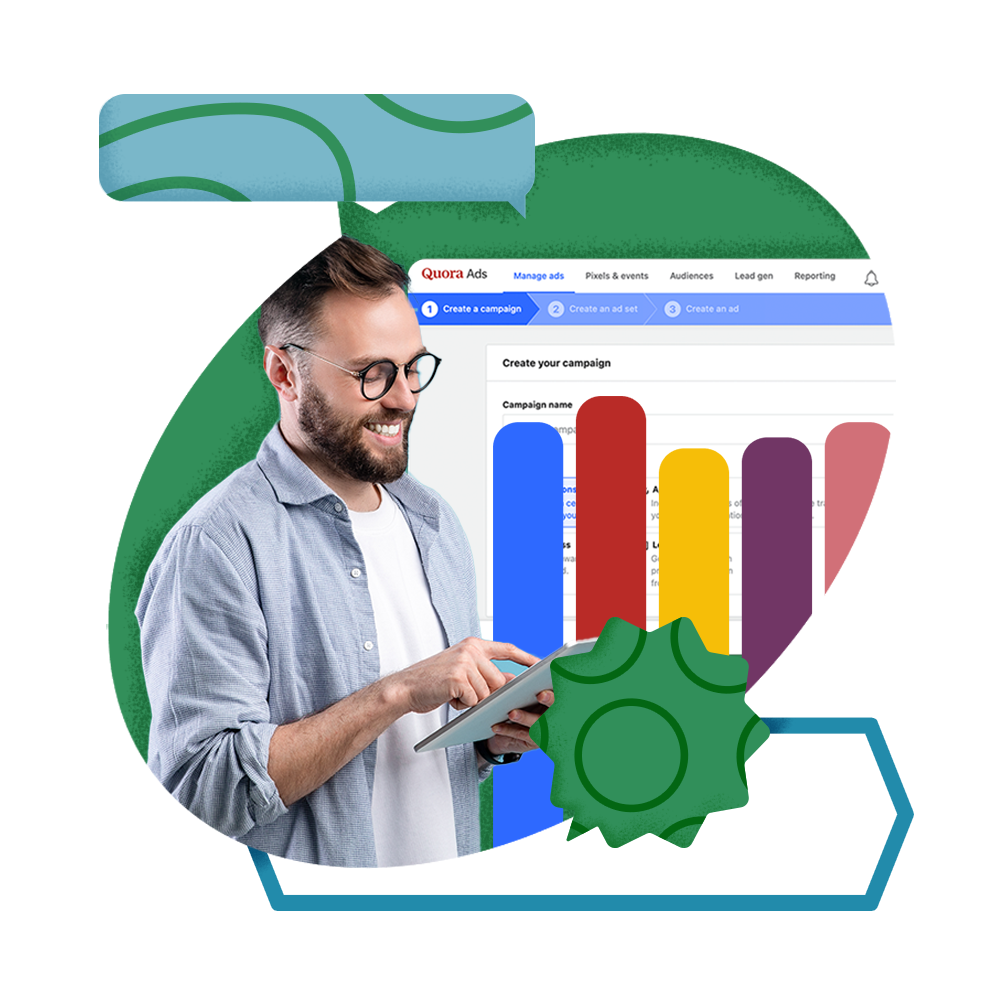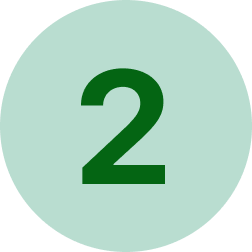The holidays always offer something to look forward to: vacations, family gatherings, and some serious seasonal shopping. But for marketers, there’s one more “tradition” that comes with the holiday season: Q4 advertising price hikes.
These ad auction price increases are often attributed to one or more of the following:
- Holiday shoppers starting their research earlier than ever
- The growth of mobile shopping
- B2C brands increasing their digital spend ahead of key holiday shopping dates
- Cross-platform competition to reach high-intent customers
- AI-driven advertising pushing up auction prices
Major shopping events like Black Friday, Cyber Monday, and Christmas, combined with emerging shopping holidays like Amazon’s Big Deal Day Days, make Q4 a key season for ramping up media spend. The resulting bid spikes force other marketers to raise their bids as well. Even for non-B2C brands, holiday season ad auction prices force advertisers to choose to pay a premium or risk losing out on this valuable audience altogether.
The surge in holiday shopping continues to break records. According to Deloitte, online sales from 2020-2023 grew 9.8% on Thanksgiving Day, 8.8% on Black Friday and 14.8% on Cyber Monday.
If you’re looking for lower end-of-year costs for your marketing mix, Quora could be your answer.
CPMs and CPCs remain stable on Quora during the holiday season
Even as the digital advertising landscape continues to evolve, CPMs on Quora remain lower than other major social platforms, giving advertisers more predictable CPMs to bid against.
Quora CPMs vs Instagram and Facebook
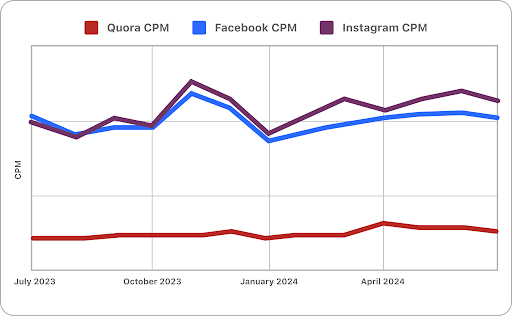
Why is this? People turn to Quora as a source of knowledge and insight. While price hikes and fluctuations are common on other channels, Quora remains a unique outlier. Unlike platforms where users might engage in rapid-scroll behavior or make impulse decisions, Quora users typically spend more time reading and evaluating information. Whether it’s researching sustainable products, comparing AI tools, or seeking shopping hacks, they are prepared to consume long-form content.
This is a different mindset compared to when users scroll through visual content, for example. Predominantly visual platforms such as Instagram and TikTok can showcase different facets of a product through different ad formats, prompting more spontaneous clicks when a user’s interest is piqued. This can lead to a high volume of clicks, however, those don’t always indicate purchase intent, so costs and ad auctions can snowball.
Alternatively, Quora’s lower CPMs reflect our focus on matching advertisers with audiences that are genuinely interested in learning more about their products, services, and causes. The Quora Ads auction’s measured approach represents an alternative to the amount-over-quality model.
Quora CPCs vs Instagram and Facebook
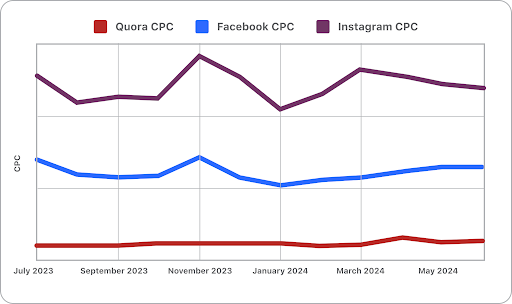
The same is true for CPCs. Like CPMs, CPCs on Quora remain stable throughout the holiday season and into Q1 too, offering untapped potential as a cost-effective channel for reaching high-intent audiences. Because Quora’s CPCs typically remain within a predictable range, marketers can breathe a sigh of relief with more reliable campaign planning and budget allocation.
Why Quora makes sense for your 2024 holiday marketing mix
Quora’s audience, in comparison to other platforms, shows high intent. Ads can appear in contextually relevant locations, effectively becoming the “answers” users seek. Native ads, such as informative Promoted Answers that respond to authentic customer questions, contribute to more meaningful clicks and lower chances of price surges. This makes Quora perfect for products that require more research—during the holidays and beyond.
So while you’re launching holiday campaigns and locking in 2025 budgets, now is the perfect time for your team to try Quora Ads without worrying about astronomical or fluctuating costs.
Related Content
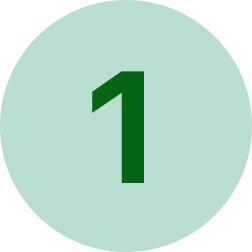
Guide
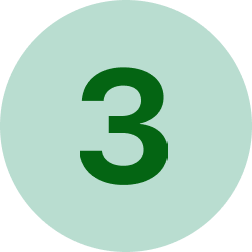
Ads Resources
Quora Ads Creative Best Practices
Book a consultation with a Quora expert
![]()
